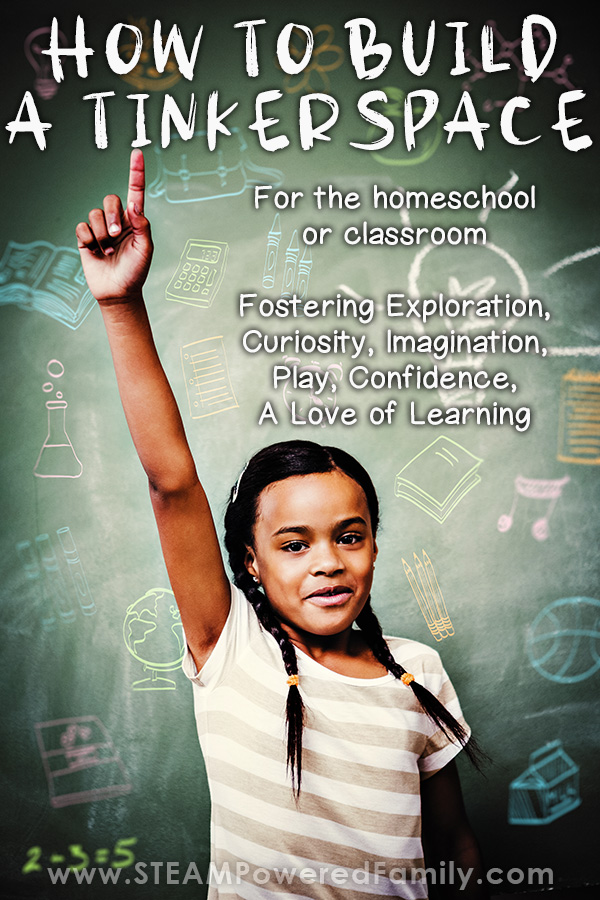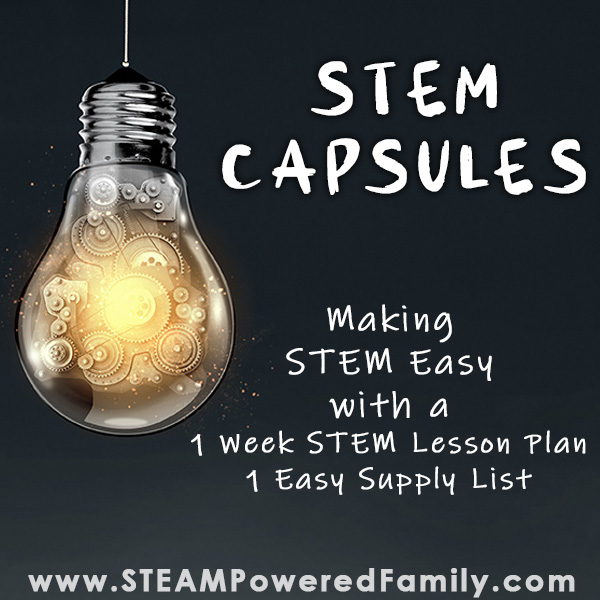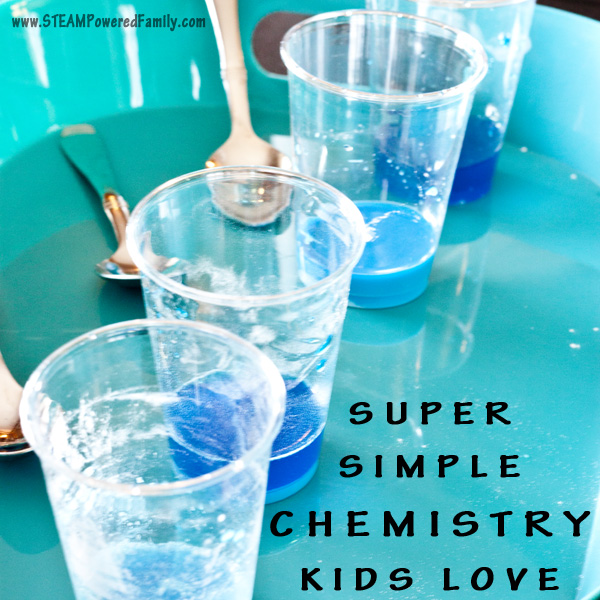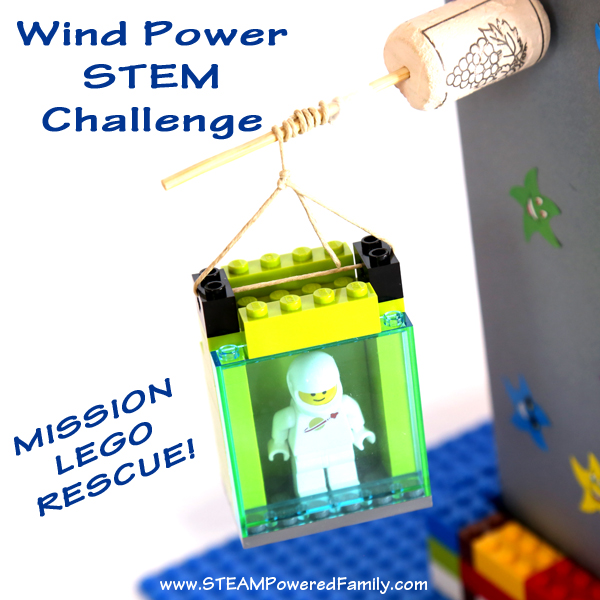Build Your Own Tinker Space
I love to tinker. Creating things, building, designing and learning. As part of my homeschool space I intentionally built a tinker space. This is an area specifically designed to encourage independent exploration, creation, and tinkering. Here are a few ideas to build your own tinker space in your home or classroom.
Build a Tinkerspace
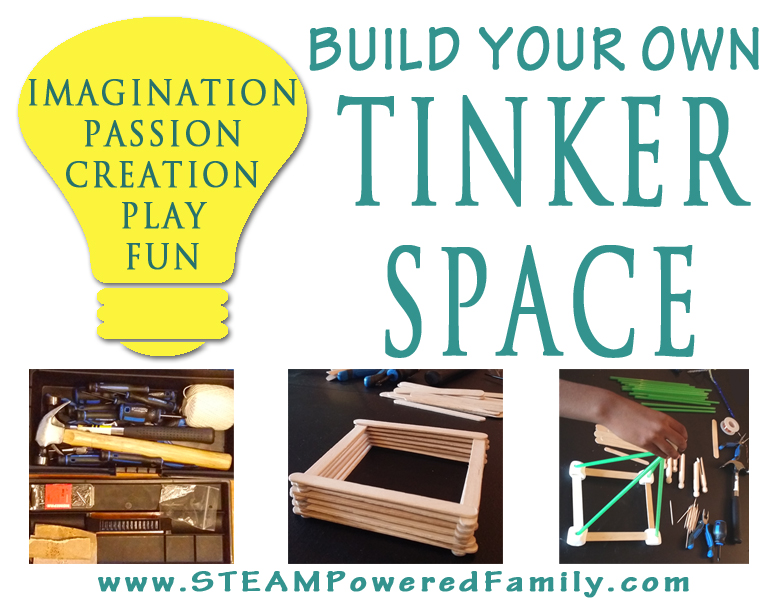
Disclaimer: This article may contain commission or affiliate links. As an Amazon Influencer I earn from qualifying purchases.
Not seeing our videos? Turn off any adblockers to ensure our video feed can be seen. Or visit our YouTube channel to see if the video has been uploaded there. We are slowly uploading our archives. Thanks!
Whether you call it a Tinkerspace or a Makerspace, the concept is a powerful educational tool for all ages. The idea is to create a space where kids are free to create and do their own things. Where they can learn through trial, error and exploration. Tinkering really is playing and inventing, so the space needs to be filled with opportunities to play, invent and launch imaginations into overdrive!
Here are some of the things in our tinker space for elementary aged kids. As kids get older you can explore more advanced tinkering opportunities. A lot of the items on this list are probably things you can find in your house right now:
– Robotics kits – Mindstorms, Sphero, etc.
– Snap Circuits
– Lego (basic kits are the best, plus we have Technic and Chain Reactions for more advanced work)
– Tinkertoys
– magnets
– old electronics and items to take apart
– batteries
– wires
– LEDs (like I used in our circuit bugs)
– Play dough
– Modeling clay
– alligator clips
– tinfoil
– pipe cleaners
– scissors
– paper
– markers
– paper tubes
– tooth picks
– pool noodles
– cups
– clothespins
– tape
– glue
– stapler
– elastic bands
– string
– popsicle sticks
– plastic and styrofoam cups
– straws
– egg cartons
– tooth picks
– rubber balls
– tape measure
– ruler
– card board
– toilet paper and paper towel tubes
– wood blocks
– screws
– nails
– hammer
– screw drivers
– washers
And I’ve probably forgotten dozens of things! But at least this is a start for things to include in a tinker space. Remember to keep it age and skill level appropriate. Adult supervision is always recommended!
Recording your Tinkering
A couple of other things I always have close at hand are a camera and notepads so the kids can record their creations, take notes, plot and plan. Aspiring film makers will love documenting their tinkering. We also have a microscope and magnifying glasses because my kids love to examine things in detail.
I leave one table set up and encourage my kids to tinker, create and use their imaginations whenever inspiration strikes. There are really no rules and the kids have a lot of control over what is in that space. I will rotate through various items, often tying into a certain unit study we are doing at the time, but the kids are also welcome to add their own activities, or request certain items.
I store a lot of stuff in bins under the tinker table so if inspiration strikes the kids will have the materials they need at hand but it also helps to control clutter and mess.
STEM Kits
One of the things I love about STEM Subscription Kits is that every month we get new projects and activities we can do, but also that they often have extra supplies we can add to our Tinkerspace.
Learn about all our favourite STEM kits to add to your tinkerspace.
Raid the Pantry
Don’t forget to bring out things from your pantry sometimes for some food inspired tinkering. Marshmallows make great connectors for an engineering project. And licorice can inspire many an amazing creation! Tonic water adds a glow effect and all kids love a good vinegar and baking soda reaction. Your pantry can be a great source for a tinkering session.
Portable STEM
One of the great things about a tinker space is that it can be portable. You can fill anything from a small zip lock bag to a large tupperware with various supplies, then let the kids create on the move. This is a great idea when you are traveling!
Recycling
Another fun thing for tinker spaces is to take things like old electronics, watches, phones, etc. and take them apart to see how they work. You can also reuse parts to create new inventions! Check out our Christmas ornaments made from a keyboard!
Tinker spaces don’t need to cost anything. Start small with items you have around the house. Set them in a dedicated space. Slowly build up over time.
The power of tinker spaces is amazing. Build it, play with it yourself, and even your most reluctant child will start to explore and tinker. Tinkering really is about playing and learning through play is an amazing thing! I hope you enjoy your tinker space as much as we enjoy ours.
The Power of Tinkering
One of the most powerful things I have seen from using a Tinkerspace with my kids over the years, is that they are growing into young adults who are confident in their ability to tackle problems. Something is broken? They will figure out how to fix it. We need something built, they figure out how to build it and will grab the supplies and tools to build it themselves. They have a confidence in their own abilities that will serve them well through their lifetime. Especially as they become adults, owning their own homes and cars that will require care and maintenance. I love that they are becoming self sufficient adults, thanks to the power of tinkering!
